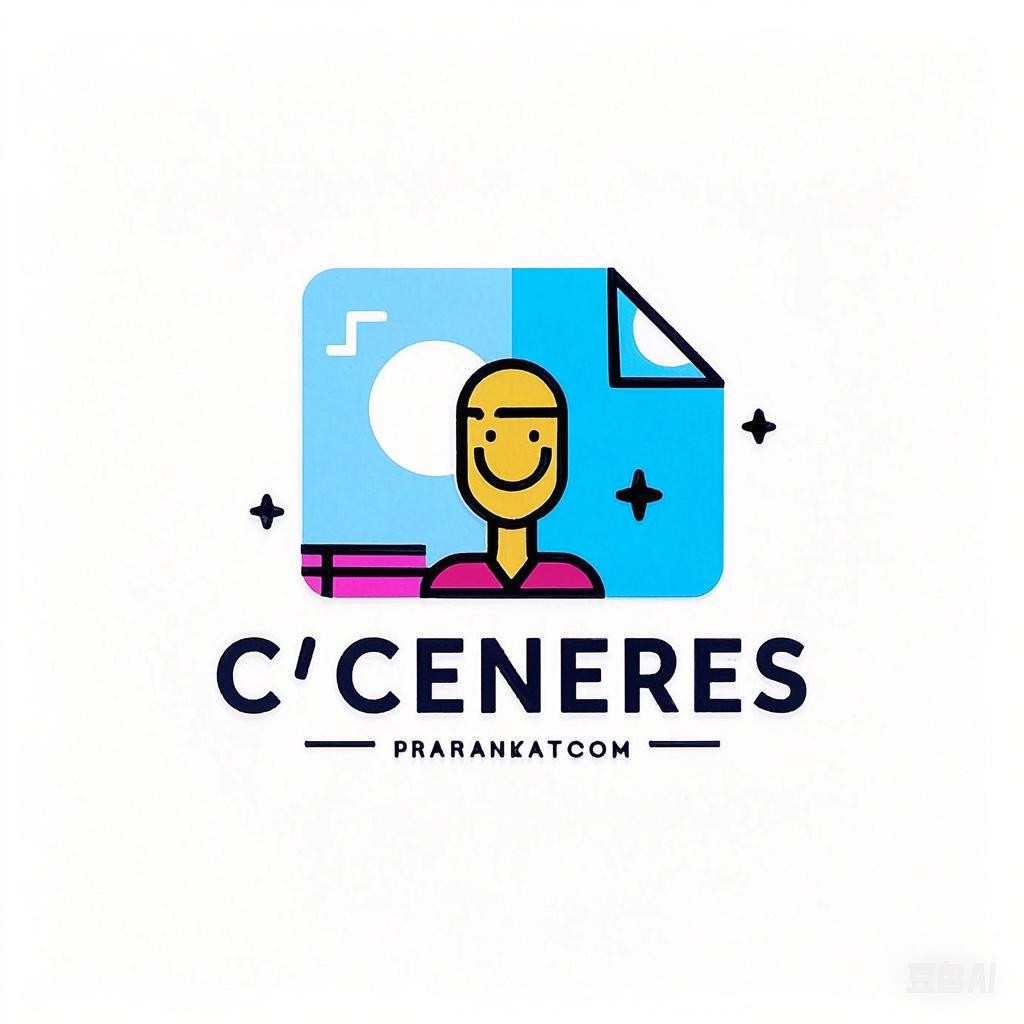Introduction
Designing your dream workspace is a personal endeavor that reflects your creativity, productivity, and lifestyle. Whether it’s a home office, a creative studio, or a dedicated work area, the perfect workspace can significantly enhance your efficiency and enjoyment of your work. This guide will walk you through the process of translating your vision into an English-speaking context, ensuring that your ideal studio is as functional and inspiring in English as it is in your native language.
Understanding Your Ideal Studio
Before diving into the translation process, it’s essential to have a clear understanding of what your ideal studio looks like. Consider the following aspects:
1. Purpose and Functionality
- What is the primary purpose of your studio? (e.g., creative work, music production, coding)
- How do you intend to use the space?
2. Design Aesthetics
- What style or theme do you prefer? (e.g., modern, minimalist, industrial)
- What color schemes and materials resonate with you?
3. Layout and Organization
- How do you envision the flow of the space?
- What are the key elements you need to include (e.g., desk, storage, seating)?
4. Personal Touches
- Are there any personal items or memorabilia you’d like to incorporate?
- How do you want the space to make you feel?
Translating Your Vision into English
Once you have a clear idea of your ideal studio, it’s time to translate that vision into English. Here are some key considerations:
1. Describing the Style and Theme
- Modern: “This studio boasts a sleek, contemporary design with a focus on clean lines and minimalistic decor.”
- Minimalist: “The minimalist theme of the studio emphasizes simplicity, with a monochromatic color palette and limited furniture.”
- Industrial: “The industrial style of the studio incorporates raw materials and exposed brickwork, creating a robust and edgy atmosphere.”
2. Layout and Organization
- Flow: “The layout of the studio is designed for optimal workflow, with a designated area for each activity.”
- Key Elements: “The essential elements of the studio include a large desk for computer work, a comfortable seating area, and ample storage solutions.”
3. Personal Touches
- Personal Items: “Personal touches, such as a collection of photographs or a favorite plant, add warmth and character to the space.”
- Feeling: “The studio aims to evoke a sense of calm and inspiration, with natural lighting and soothing color choices.”
Examples of Translations
Example 1: Modern Studio Description
Original (Native Language):
- “Студия имеет современный дизайн с акцентом на чистые линии и минималистичное декорирование.”
- “Интерьер включает в себя большой рабочий стол, удобную зону для отдыха и достаточное количество места для хранения.”
English Translation:
- “The studio boasts a sleek, contemporary design with a focus on clean lines and minimalist decor.”
- “The interior includes a large work desk, a comfortable resting area, and ample storage space.”
Example 2: Minimalist Studio Description
Original (Native Language):
- “Эта студия выполнена в минималистичном стиле с монохромной цветовой палитрой и ограниченным количеством мебели.”
- “Интерьер прост, но функционален, с акцентом на простоту и практичность.”
English Translation:
- “The minimalist theme of the studio emphasizes simplicity, with a monochromatic color palette and limited furniture.”
- “The interior is simple yet functional, with a focus on simplicity and practicality.”
Conclusion
Translating your ideal studio description into English involves not only language translation but also a cultural adaptation. By clearly articulating your design vision, you can create a workspace that not only looks stunning but also feels like a perfect extension of yourself. Remember to focus on the functional aspects, aesthetic preferences, and personal touches that make your studio unique.
